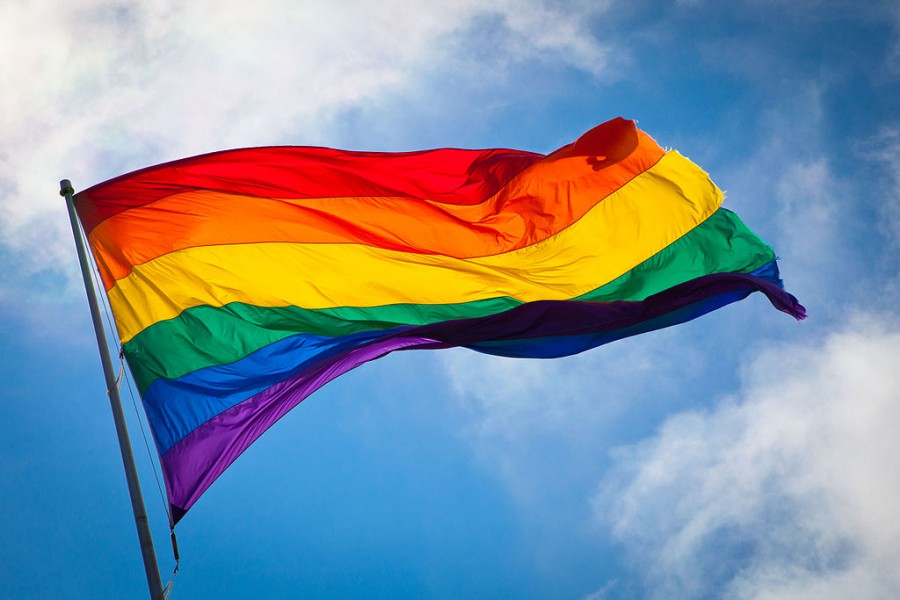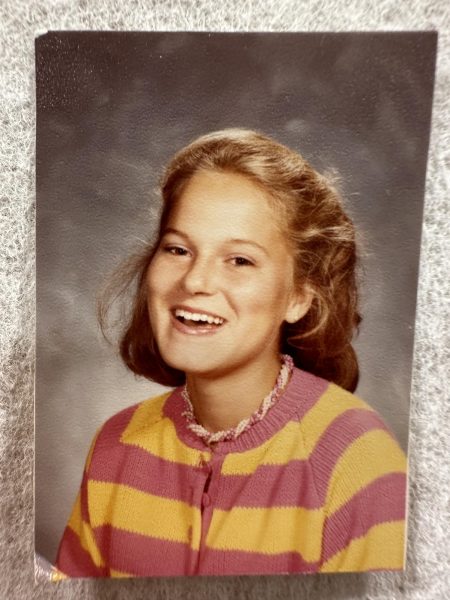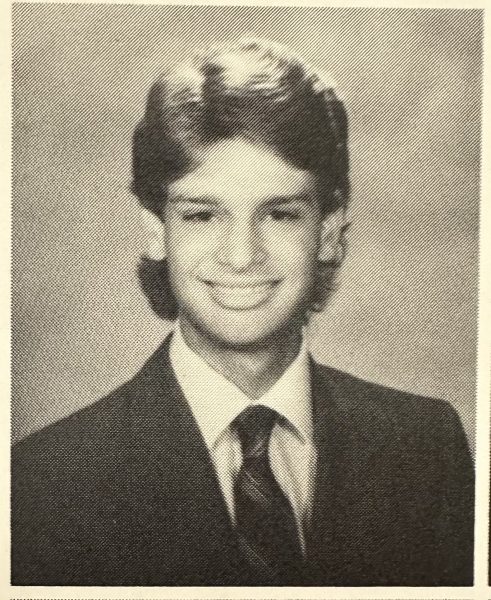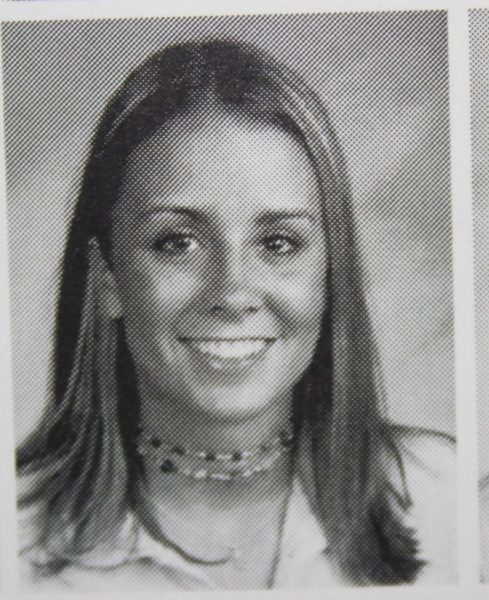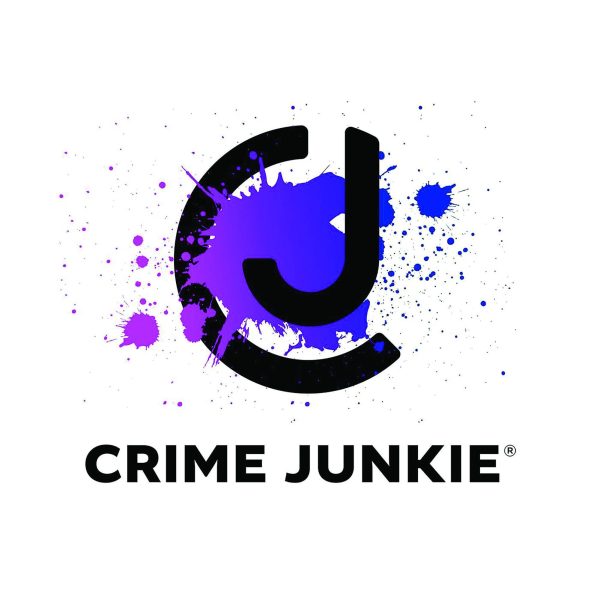LGBT sexual education push
October 28, 2014
From cringe-worthy pictures to embarrassingly realistic diagrams, sexual education can be an awkward experience for everyone. Yet it serves its purpose of educating the student body on safe relationships and healthy habits—for the majority of students.
The minority, specifically those who identify as lesbian, gay, bisexual and transgender (LGBT), are underrepresented in the curriculum, forcing these students to rely on damaging and inaccurate media portrayals, PRISM sponsor Maria Rohloff said. This prevents LGBT students from learning the information they need to stay healthy and contributes to a climate of exclusion in schools.
Television often portrays LGBT relationships within the isolated genre of comedy, where they are pigeonholed into the brunt of stereotypical jokes and blatantly underrepresented in more serious and realistic genres. Many viewers consequently believe that LGBT relationships are extremely unusual or deviant. In the end, LGBT youth are left with few media messages about healthy and responsible sexual relationships, something that Rohloff and others hope to correct.
“For years I’ve been an advocate of adding sexual orientation and gender identity information to the health curriculum,” Rohloff said. “LGBT people represent 10 percent of the world’s population, and they aren’t even mentioned. Even five minutes [of class time] is better than nothing.”
While LT’s health curriculum does not explicitly cover LGBT issues, the school is state-mandated to provide accurate information through medically qualified individuals. Beth Conlon, director of health curriculum, said the program exceeds standards by using gender neutral terms when discussing relationships. Occasionally topics touch on LGBT risk in non-sexual components of health, and students are always encouraged to utilize outside resources such as social workers, counselors and PRISM if they find themselves with more specific questions.
“We try to embrace and encourage all young people,” Conlan said. “At the end of the day, this [program] is about quality sexual health for all young kids, regardless of how they identify.”
Despite LT’s educational efforts, in general LGBT youth remain at greater health risk than their heterosexual peers. They are more likely to be sexually experienced and to have been involved in a pregnancy, due to unsafe heterosexual experimentation. Physical and sexual abuse are more prevalent among LGBT teens, as is tobacco, alcohol and other drug use, according to a publication by the Public Health Agency of Canada. They report higher rates of emotional distress and are up to seven times more likely to commit suicide.
While some of this risk may be unavoidable, student PRISM leader Brianna Wilson ‘15 believes that much can be attributed to lack of availability and access to inclusive education, as some students cannot access additional educational content without fear of outing or harassment.
“While some LGBT related content is implied [in health class], actual explanation provides validation and affirmation about our identities,” Wilson said. “It’s crucial that these things be mentioned in school.”
Wilson suggests that LT require sex education to include sensitive, respectful discussions of gender, gender identity and sexual orientation, among other issues. This would not only help LGBT students, but allow heterosexual peers a broader level of understanding, which could potentially decrease anti-LGBT sentiment seen in schools and portrayed by the media.
“An abstinence-based program is great,” Rohloff said. “But we need a message that applies to all students and how they can stay safe, whatever their decisions may be. For years I’ve tried to send kids the message that it’s okay to love who you love. It would be great if the school stepped up and did the same.”







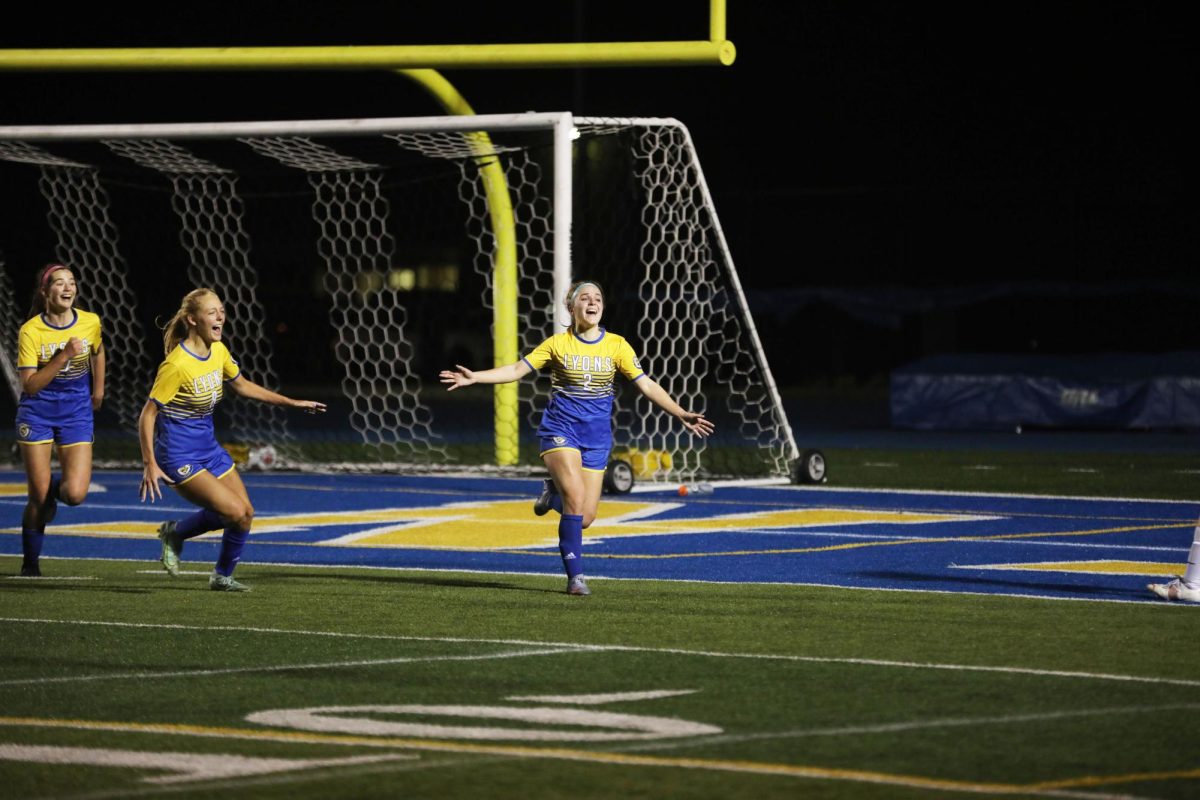


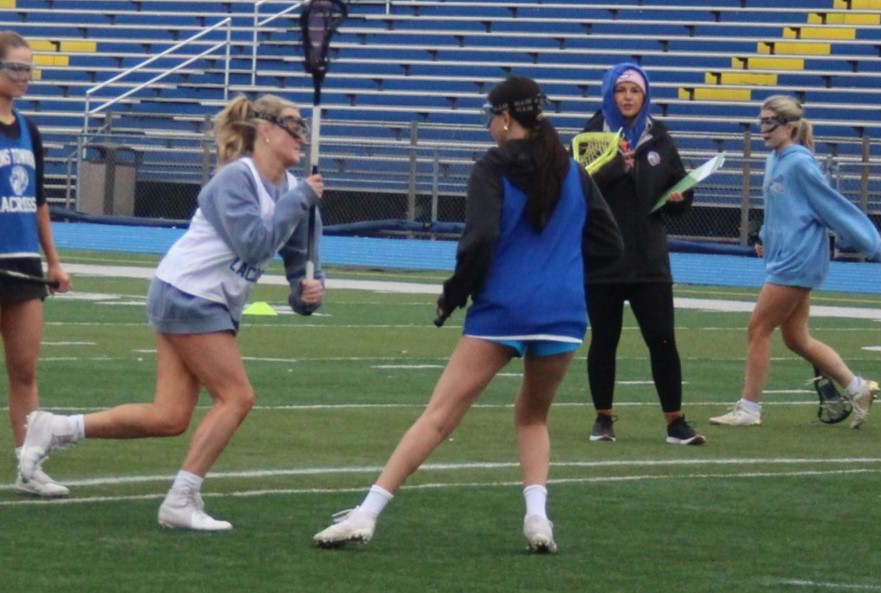

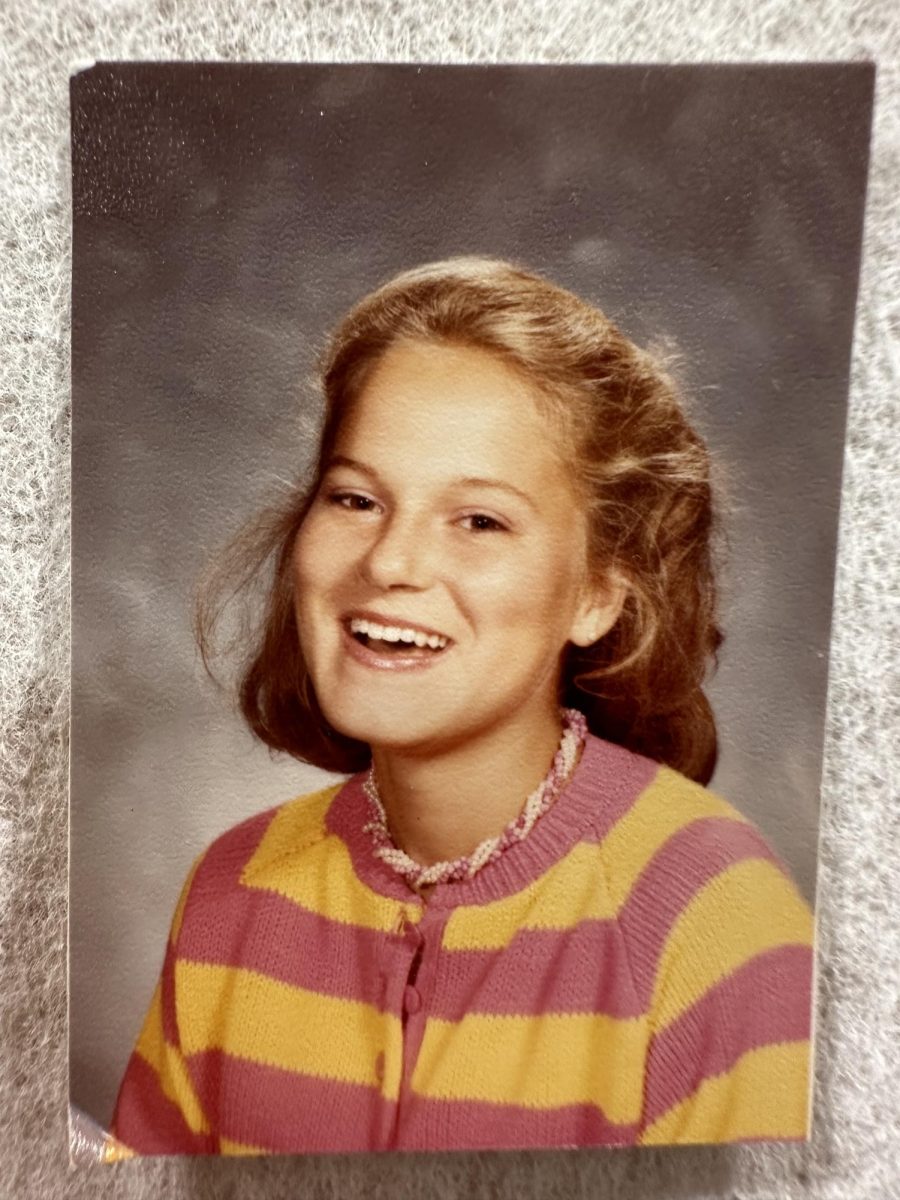


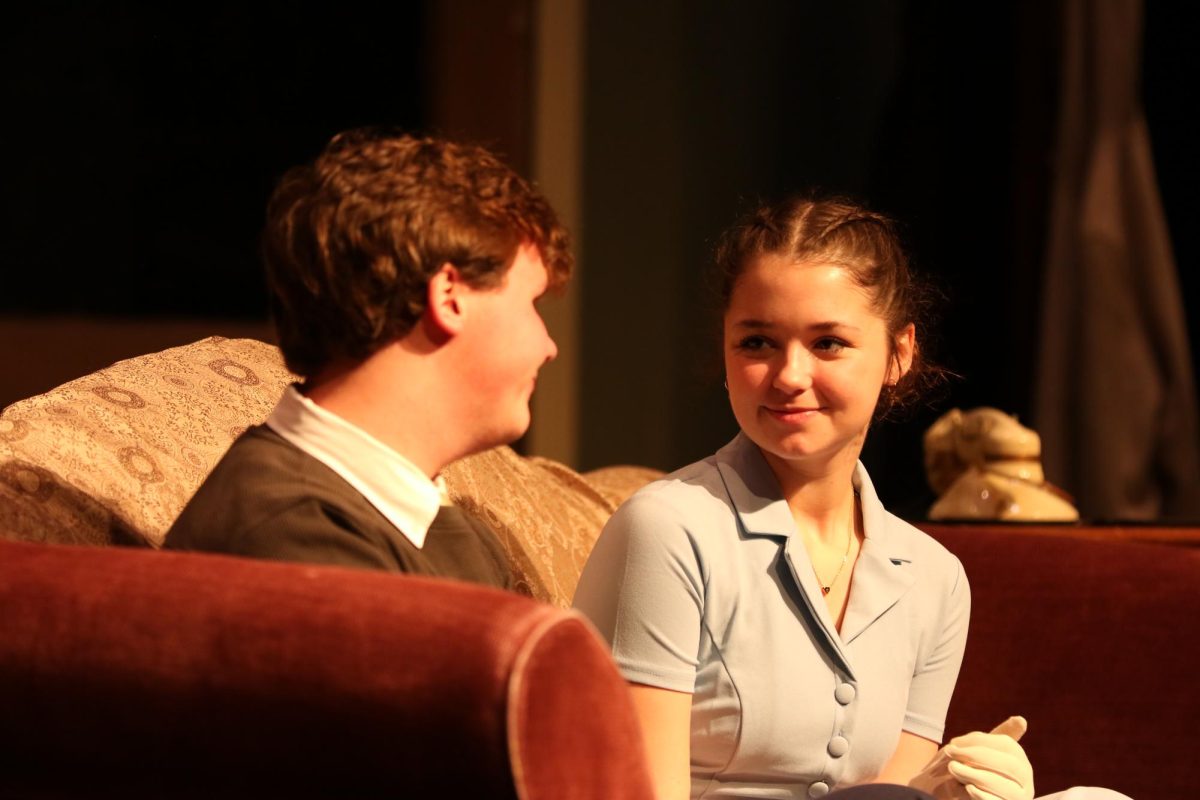


![Movie poster for [Rec] (2007).](https://www.lionnewspaper.com/wp-content/uploads/2023/04/rec-640x900.jpg)

